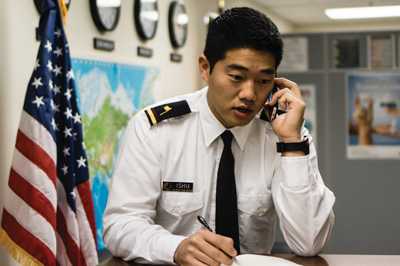Then & Now: Reinventing Quarantine for Globalization

Then & Now: Reinventing Quarantine for Globalization celebrates the 50th anniversary of CDC’s Quarantine Program. In 1967, CDC acquired 55 quarantine stations and 500 staff from the US Department of Health, Education, and Welfare. This exhibit is organized by the David J. Sencer CDC Museum and the Division of Global Migration and Quarantine.
American quarantine law goes back to the colonies in 1647 and has always served as the cornerstone of public health. In 1798, President John Adams and Congress created the US Marine Hospital Service, establishing a network of hospitals and staff along the coast to protect against the spread of disease by isolating and treating sick sailors returning from foreign ports and screening and quarantining sailors and immigrants who were exposed to a disease. Eventually, this network became the US Public Health Service.
Today, CDC has 20 quarantine stations strategically located at US airports, land borders, and seaports. CDC’s Division of Global Migration and Quarantine is responsible for upholding US quarantine regulations and protecting our country’s borders from contagious diseases while balancing civil liberties. Here’s the untold story—contrasting the Then and Now—of reinventing the CDC Quarantine Program for an increasingly globalized world.
- Page last reviewed: September 28, 2015
- Page last updated: February 17, 2017
- Content Source:
- Centers for Disease Control and Prevention
- Page maintained by: Office of the Associate Director for Communication, Division of Public Affairs


 ShareCompartir
ShareCompartir